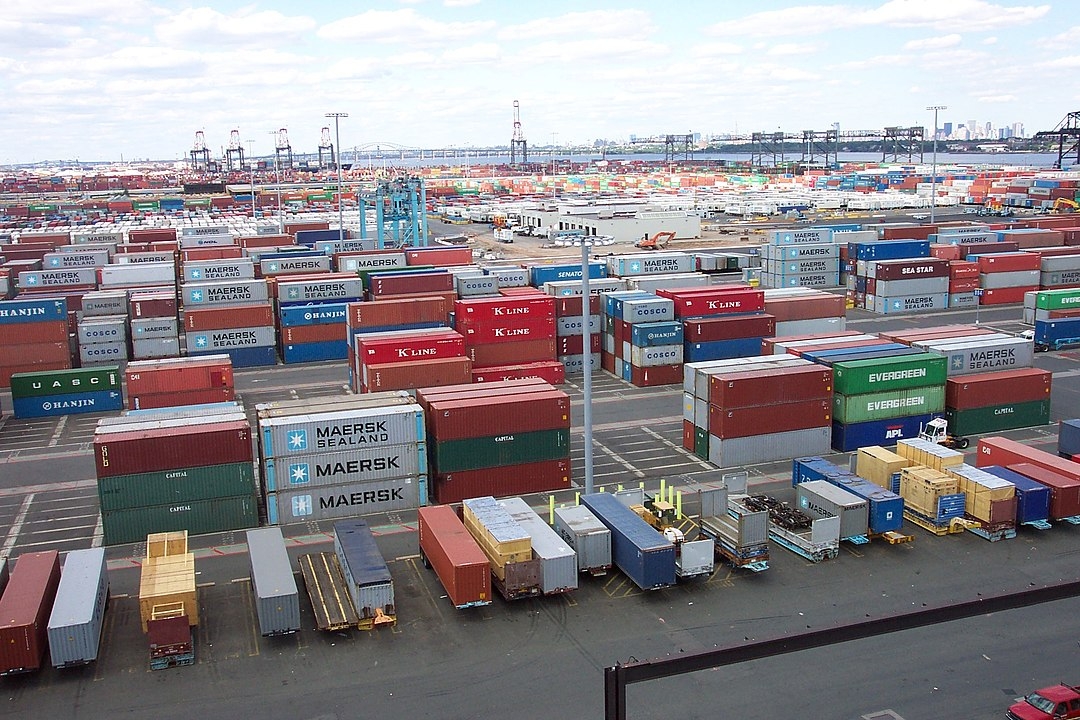I recently learned that the alleged Chinese curse “may you live in interesting times” is not, in fact, Chinese at all. Instead, the curse and its alleged Chinese origin apparently come from England. It made me think of the similar legend that the Mandarin characters for “crisis” were the words “danger” and “opportunity” together. This made me think, as so many things both at work and at home do, about China and how rapidly the regulatory world is changing for importers into the United States.
In the twenty-five plus years I’ve been a customs and trade attorney we’ve seen several distinct waves of sourcing strategy. None of them has demanded the expertise, care, and thoughtfulness of the era we are entering. U.S. regulatory considerations involving all aspects of planned imports into the United States raise the risk of having adaptations to supply chains being rendered moot by the application of U.S. law. Companies need broader expertise than ever to successfully navigate the new era of sourcing we are entering. Trade and sourcing professionals are living in interesting times.
Where We’ve Been
In the late 1990s we still saw a substantial number of companies that either did minimal importing or imported mostly from their foreign parents. Large, sophisticated companies often had broader supply bases, but smaller companies usually did not. If they were a U.S. subsidiary of foreign company, their imports were often from that company to produce or repair that company’s articles. If they were a smaller, unaffiliated manufacturer, they often imported a few select articles used in production. Often rather than importing, smaller companies purchased from U.S. sales offices of foreign companies, one step removed from importing.
That era was largely over by 2004 or 2005. The growth of China as a manufacturing power changed the sourcing world. Suddenly companies that had never imported before were outsourcing production to China. In many cases it was not clear that these new importers had even considered the cost and complexity of sourcing in China until containers started arriving at the West Coast ports. Even the foreign subsidiaries were often now importing articles made by a sister facility in China for both the U.S. and the home market. While it is unquestionably the case that some producers produced high quality articles in China, getting the “China price” was the primary (or sole) consideration for many of these importers.
Where We’re Going
In recent years, there has been a trend of companies diversifying their sourcing beyond China, while continuing to source from China as well. In the few years before 2018 companies were telling us they were changing sourcing because of issues like rising labor costs in China, increasing competition from other low-cost manufacturing countries, and industry-specific issues like antidumping charges. These factors were a boon to countries like Vietnam.
Starting with the Trump Section 301 duties on Chinese products, and then accelerating with the experience during the pandemic, more companies started to perceive the risks associated with relying heavily on only China for sourcing. This has led many companies to re-evaluate their supply chain strategies and diversify their sources of goods and services.
As companies internalize the lessons learned during the past decade, it is clear that sourcing strategy is becoming more subtle and much more complex. The lowest piece price may not be the winning strategy if the supply is not reliable, for instance. Unreliability can arise from a number of socio-political factors, including international relations, internal infrastructure, management of the pandemic, and others. One growing issue is whether suppliers can reliably document that they have not used either forced labor in production, or articles made with forced labor. Meanwhile, the sourced price still has to work in the context of the business. This makes the sourcing matrix much more complex.
This quest for economical reliability is implicating all aspects of the sourcing decision. Proximity, for instance, has regained relevance. For years an implicit (or sometimes explicit) assumption had been that timely and smooth global shipping at relatively low and stable cost would continue. From 2020 through 2022 those assumptions were proven false, with massive disruption to companies around the world. Suddenly, for the right component or operation, the proximity of Mexico, for instance, to the United States has greater value, even if the piece price or cost of labor is higher.
Similarly, models of lean supply chain management relied on minimal friction in global transportation. As global shipping experienced massive delays and costs skyrocketed, companies did not have inventory on hand to weather the delays. Industries as diverse as consumer goods and motor vehicle production were forced to stop producing as their supplies ran out. The pandemic-driven shortages of disinfecting wipes, toilet paper, new motor vehicles, and other goods made this clear to the general public. Different arrangements, intended to ensure more available inventory, have started to be explored.
As the old global, single-country, lean supply chains are being reevaluated and changed companies are facing a challenging new regulatory environment. In the U.S. alone new laws and/or enforcement priorities have arisen that deal with the valuation of imported articles, the country of origin of imported articles, the application of duties to imported articles, and the use of forced or slave labor in imported articles. Consignment arrangements, for instance, may be a tool to ensure the availability of material without increasing inventory. However, consignment arrangements raise issues with respect to the right to make entry and customs valuation (among others).
Similarly, moving elements of production from China to a different low cost country in Asia may lower labor costs and avoid U.S. antidumping, countervailing duty, or China duties on products. However, establishing both the legitimacy of the production and that the country of origin actually changes because of the production are serious issues when importing into the United States. A company spending the resources to move production but failing to change the country of origin faces the worst-case-scenario of burning resources for no benefit. This is even more worst-case when importers intend to gain duty-free status for Mexican-origin goods and instead end up paying a 25% duty for Chinese-origin goods.
Companies operating in this more complex sourcing environment will need to be flexible and pro-active in identifying potential opportunities, as well as potential difficulties. They will need to work thoughtfully to understand internally how they value different aspects of reliability. And, perhaps most importantly, they will need to ensure that they have access to people with a broad scope of knowledge of both the international trade laws, but also the company’s business needs. We definitely live in interesting times.
David is a partner at Barnes, Richardson & Colburn and advises on all of the issues discussed above.




